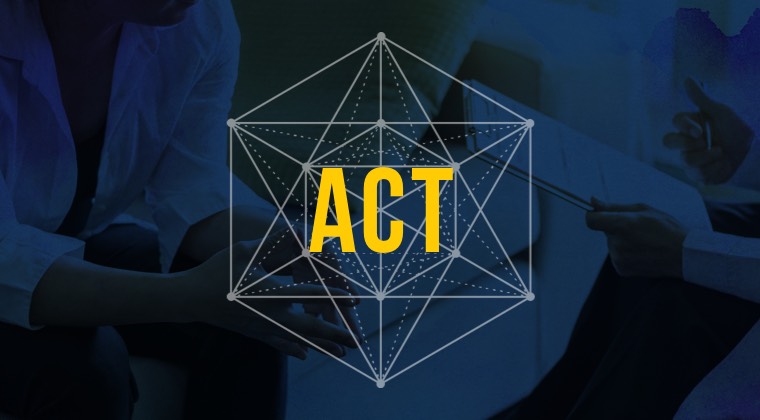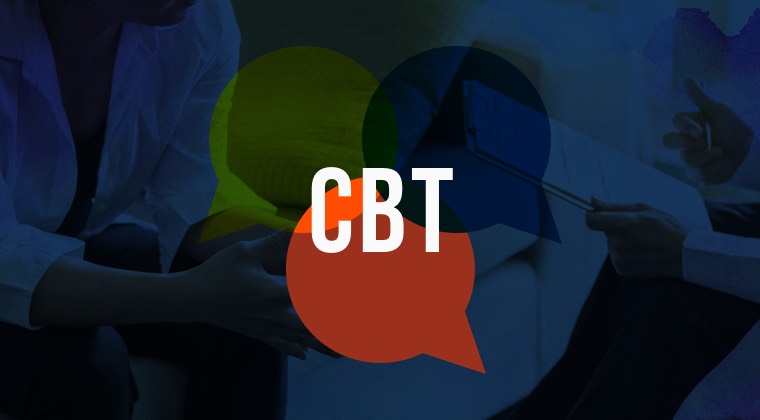Acupuncture
What is acupuncture?
Acupuncture is a component of Traditional East Asian Medicine (TEAM). It has been used as a medical intervention for over 4,000 years. The earliest records of acupuncture can be traced to the use of Bian Stones in China. These stones are believed to be used in applying pressure to specific spots on the body to promote health. Today acupuncturists use sterile thin needles that are inserted into the body to stimulate points called acupoints, along energy channels or meridians. These pathways run along the body where chi or energy flows. By stimulating the acupoints, various illness and symptoms can be treated. Once the needles are inserted, the acupuncturist may stimulate them in a number of different ways. This can be either manually with a rotation or thrusting motion, electrically with a stimulation device, or thermally with an herb called moxa that burns similarly to incense. The needles are usually retained in the body for 15–30 minutes and then removed. Needling elicits a dull achy sensation, warmth, or even an electrical propagation within the body. This is called the De Qi sensation and while not uncomfortable, it is often described as a unique sensation that most Westerners have not experienced before. Following needle removal there may be a drop or two of blood but typically the process does not elicit bleeding. Different acupoints are stimulated depending on what symptoms are being treated. Acupuncture can also be personalized to match unique symptoms and characteristics of the person being treated.
How does acupuncture work?
While acupuncture has been practiced for thousands of years, Western scientists have only studied effects of acupuncture on animals and humans since the mid-1960s. While acupuncture has been employed historically to treat numerous medical conditions, most investigations have shown it to be useful for reducing chronic pain, decreasing anxiety, improving sleep, and reducing fatigue.
While we currently don't know how inserting acupuncture needles into specific acupoints on the body helps improves symptoms such as chronic pain, the effects are different from a simple placebo. Strong evidence supports the notion that acupuncture elicits changes in the nervous system and brain. These effects include changing the levels of chemical messengers, called neurotransmitters, which when too high or too low can be responsible for causing symptoms such as chronic pain. Acupuncture also appears to modulate cell activity in the muscles and skin, regulating certain signaling molecules. Work in the field of blood pressure has shown that not all acupoints cause the same effects in the body. Instead, specific acupuncture points appear to have unique functions that are specific to that point. The ways in which acupuncture works likely depend upon which points are being stimulated.
From a TEAM perspective, acupuncture needling simply regulates the flow of chi or energy within the body. This chi or energy is thought to flow along channels or meridians, and this can be thought of much like the motion of water in a river. If the river is either too dry or overflowing, the surrounding land can suffer. Similarly, energy flow along meridians in the body can either be deficient or in excess. Based on TEAM theory, this can lead to illness. The flow of chi or energy along the meridians can either be turned up, in cases where there is a deficiency, or reduced if there is an excess, in order to balance the flow of chi. The acupuncturist does this by inserting needles at specific acupuncture points.
How to get started with acupuncture?
Acupuncture should be provided by a licensed or registered healthcare provider. This may include a Licensed Physician or Nurse, or a Professional Licensed Acupuncturist depending on which state in the US that you live in. This individual should have advanced training in acupuncture. The main credentialing organization for TEAM in the United States is the National Certification Commission for Acupuncture and Oriental Medicine. Their website is below:
On this site, you can find a registered acupuncturist in your area using the following link:
https://www.nccaom.org/find-a-practitioner-directory/
Like other forms of healthcare treatment, having a strong rapport with your acupuncturist is important. In choosing your acupuncturist you may want to consider the following:
- Find a practitioner that takes your medical insurance. Acupuncture has been approved by Medicare and Medicaid for the treatment of low back pain. However not all acupuncturists take insurance.
- You may need to travel to your acupuncturist for multiple sessions. For chronic conditions, one treatment session may not be enough, and you may need multiple sessions to manage your symptoms.
- You may want to wear comfortable clothes so that the acupuncturist has access to your acupoints.
- Needling of the acupoints may feel warm, tingly or even achy, but it should not feel like a sharp pain.
- Do not stop in the middle of a treatment plan; it is important to attend all of your sessions.
What to expect
Sometime during the course of your treatments you may experience improvement in your main symptom. You may also find improvement in other symptoms as well. This is because TEAM is designed to treat you as a whole person, not just the part of your body where you have your main complaint such as pain. After you complete your initial treatment sessions, you may be able to stop doing acupuncture and maintain good pain control as well as stable reductions in your other issues. If your symptoms worsen, feel free to go back to doing acupuncture and also consider doing self-acupressure as a safe, easy to learn intervention that works similar to acupuncture but does not use needles. Different people have different reactions to these treatments – find what works for you.
Potential risks
Acupuncture is generally considered very safe. Occasionally people can experience bruising at acupoint sites or slight bleeding. If bruising or bleeding occurs consider taking a few days off from doing acupuncture or ask the clinician not to insert needles where there is bruising or where bleeding may occur. If bruising or bleeding persists, stop doing the acupunctrue – it may not be right for you.
Resources
- Chinese Acupuncture and Moxibustion. Edited by Cheng Xinnong. Foreign Language Press 2016.
- Clinical Acupuncture: Scientific Basis. Edited by Gabriel Stux and Richard Hammerschlag. Pringer 2001.
- Acupuncture for chronic pain: individual patient data meta-analysis. Vickers AJ, Cronin AM, Maschino AC, Lewith G, MacPherson H, Foster NE, Sherman KJ, Witt CM, Linde K; Acupuncture Trialists' Collaboration. Arch Intern Med. 2012 Oct 22;172(19):1444-53.
- Rewiring the primary somatosensory cortex in carpal tunnel syndrome with acupuncture. Maeda Y, Kim H, Kettner N, Kim J, Cina S, Malatesta C, Gerber J, McManus C, Ong-Sutherland R, Mezzacappa P, Libby A, Mawla I, Morse LR, Kaptchuk TJ, Audette J, Napadow V. Brain. 2017 Apr 1;140(4):914-927.
- Adenosine A1 receptors mediate local anti-nociceptive effects of acupuncture. Goldman N, Chen M, Fujita T, Xu Q, Peng W, Liu W, Jensen TK, Pei Y, Wang F, Han X, Chen JF, Schnermann J, Takano T, Bekar L, Tieu K, Nedergaard M. Nat Neurosci. 2010 Jul;13(7):883-8.
- Traditional Chinese acupuncture and placebo (sham) acupuncture are differentiated by their effects on mu-opioid receptors (MORs). Harris RE, Zubieta JK, Scott DJ, Napadow V, Gracely RH, Clauw DJ. Neuroimage. 2009 Sep;47(3):1077-85. doi: 10.1016/j.neuroimage.2009.05.083. Epub 2009 Jun 6.
- Acupuncture regulation of blood pressure: two decades of research. Longhurst JC, Tjen-A-Looi S. Int Rev Neurobiol. 2013;111:257-71.


